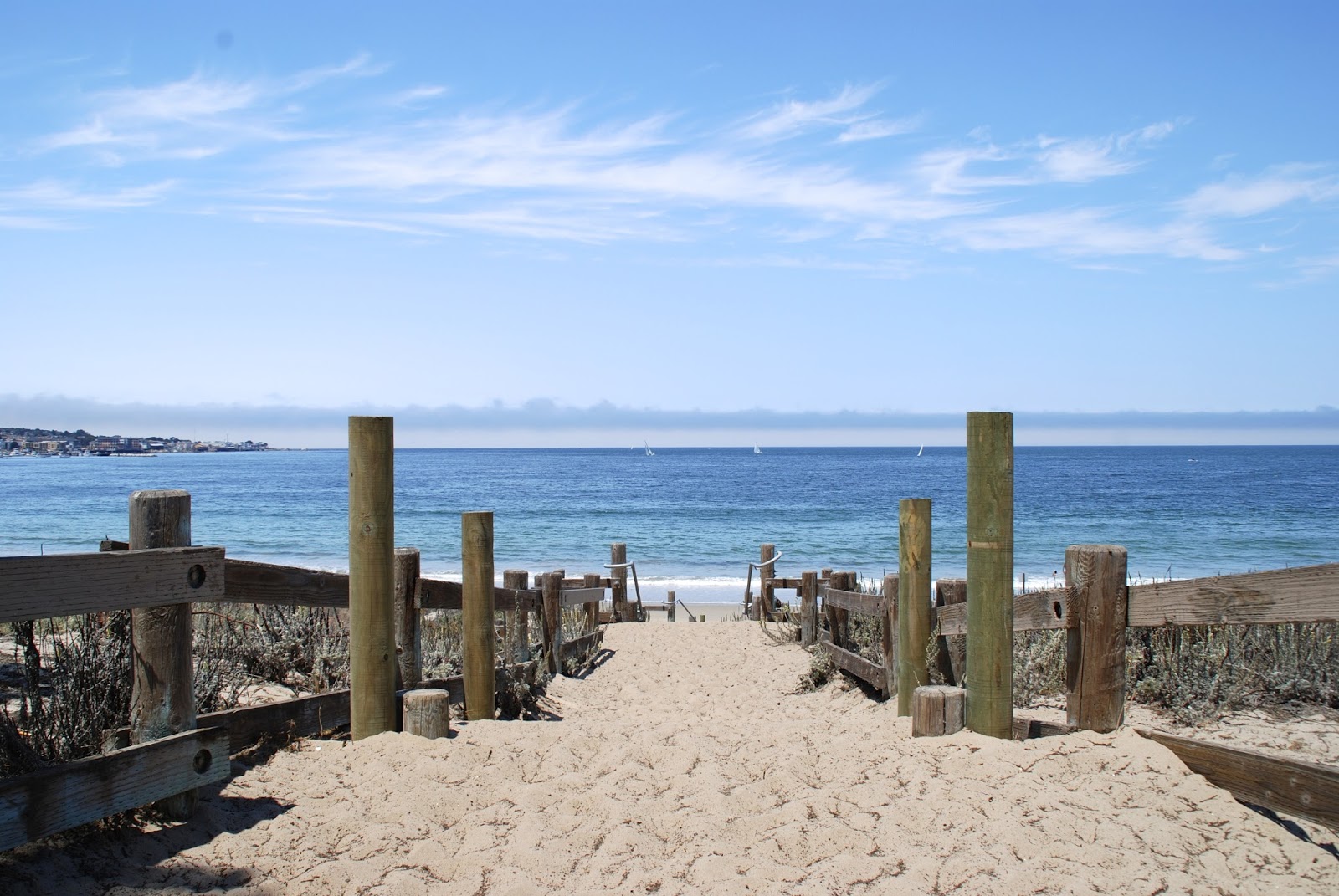Whew! I just poured through three notebooks and ten books of crazy annotations (some more slapdash than others...) to compile my re/visit literature/videos/website list! While this will definitely serve as a meaningful reminder of materials I personally need to spend some time with, hopefully some of you can benefit from this compilation as well... whether you are a teacher, student, or merely an avid reader, I think there is some amazing material here (in no particular order... sorry!):
BOOKS/SHORT STORIES/PLAYS I NEED TO RE/VISIT:
Steinbeck's Reading (Robert DeMott)
Steinbeck's Typewriter (Robert DeMott)
Moby Dick (Herman Melville)
Uncle Tom's Cabin (Stowe)
The Tortilla Curtain (TC Boyle)
My Antonia (Cather)
China Men (Kingston)
Yonnonido: From the Thirties (Olsen)
America is in the Heart (Carlos Buloson)
Nightland (Louis Owens)
The Cariboo Cafe (Helena Viramontes)
Under the Feet of Jesus (Helena Viramontes)
Y No Se Trago La Tierra (Tomas Rivera)
Monstress (Lysley Tenorio)
The Spiritual Life of Children (Robert Coles)
Joe Turner's Come and Gone (August Wilson)
A Thousand Acres (Jane Smiley)
People of Plenty (David Potter)
The Organization Man (William Whyte)
The Suburban Myth (Bennett Berger)
The Feminine Mystique (Betty Frieden)
The American Dream (Jim Cullen)
Between Pacific Tides (E.F. Ricketts)
Titus Tidewater (Children's Book - Suzy Verrier)
The Age of Wonder (Richard Holmes)
Robinson Crusoe (Daniel DeFoe)
Treasure Island (Stevenson)
Swiss Family Robinson (Wyss)
A Pirate of Exquisite Mind (Michael Preston)
A Sand County Almanac (Aldo Leopold)
On the Sale of my Farm (poem - Robert Frost)
Little Scarlet (Walter Mosely)
Shanghai Girls (Lisa See)
Big Sur (Kerouac)
Sonny's Blues (Baldwin)
The Big Sleep (Chandler)
A Lesson Before Dying (Ernest J. Gaines)
Song of Solomon (Toni Morrison)
A Slow Walk of Trees: As Grandmother Would Say (NY Times: Toni Morrison)
Hidden Persuaders (Vance Packard)
Status Seekers (Vance Packard)
Waste Makers (Vance Packard)
Studs Lonigan (Farrell)
Harvest Gypsies (Steinbeck Center Publication)
Let the Great World Spin (Colum McCann)
We Are Not Ourselves (Colum McCann) - not yet released? Damn it, Bill.
Peter Kuper's Graphic Novel rendition of Kafka's The Metamorphosis
Perma Red (Debra Magpie Earling)
Norwegian Wood (Haruki Murakami)
The White Tiger (Aravind Adiga)
How to Write About Series (Harold Bloom)
Incident (poem) by Countee Cullen
The Art of Fielding (Chad Harbach)
The Curious Incident of the Dog in the Nighttime (Mark Haddon)
MUSIC TO RE/VISIT
Dvorak's #9
Tchaikovsky's Swan Lake
Bach's Art of the Fugue
Monteverde
Scarlatti
Buxtehude
Collected work of Mozart
Bill Frisell
Joe Hill (The Preacher and the Slave, The Tramp, There is Power in a Union, The Rebel Girl, Casey Jones--Union Scab)
Woody Guthrie
Californication - Red Hot Chili Peppers
Sleep Now in the Fire - Rage Against the Machine
The Ghost of Tom Joad - Springsteen / RATM
Dave Matthews Band - The Murder (need to verify the title on this one...)
VIDEOS TO RE/VISIT
The Plow that Broke the Plains (Pare Lorenz)
The River (Pare Lorenz)
Charles Kuralt's Steinbeck Video
Cesar Chavez: The Fight in the Fields (PBS)
The Bling Ring
Little Miss Sunshine & Crash (paired with Grapes of Wrath)
McDonalds ad (manipulation of ads - YouTube)
Cheerios interracial ad (YouTube)
Dave Chappele and Maya Angelou: Iconoclasts (YouTube)
Race is the Place (YouTube)
Kung Fooled (YouTube)
The Greatest Speech Ever Made (YouTube)
Keep Race Out of It (YouTube)
WEBSITES TO RE/VISIT
dbacon.igc.org (immigration photography)
calitexperience.com (P. Barraza's California Lit class materials)
apstation.com (P. Barraza's AP class website)
WeeGee
________________________________________
I will continue to update this as I find more items! If any other participants have good stuff to add here, please email me and I will add it on!
For your viewing pleasure: the discovery of a Sea Hare during our intertidal zone exploration:
I should have my lesson plan materials and a few more videos (song links!) up on the blog in the next week or so... stay tuned!






















































